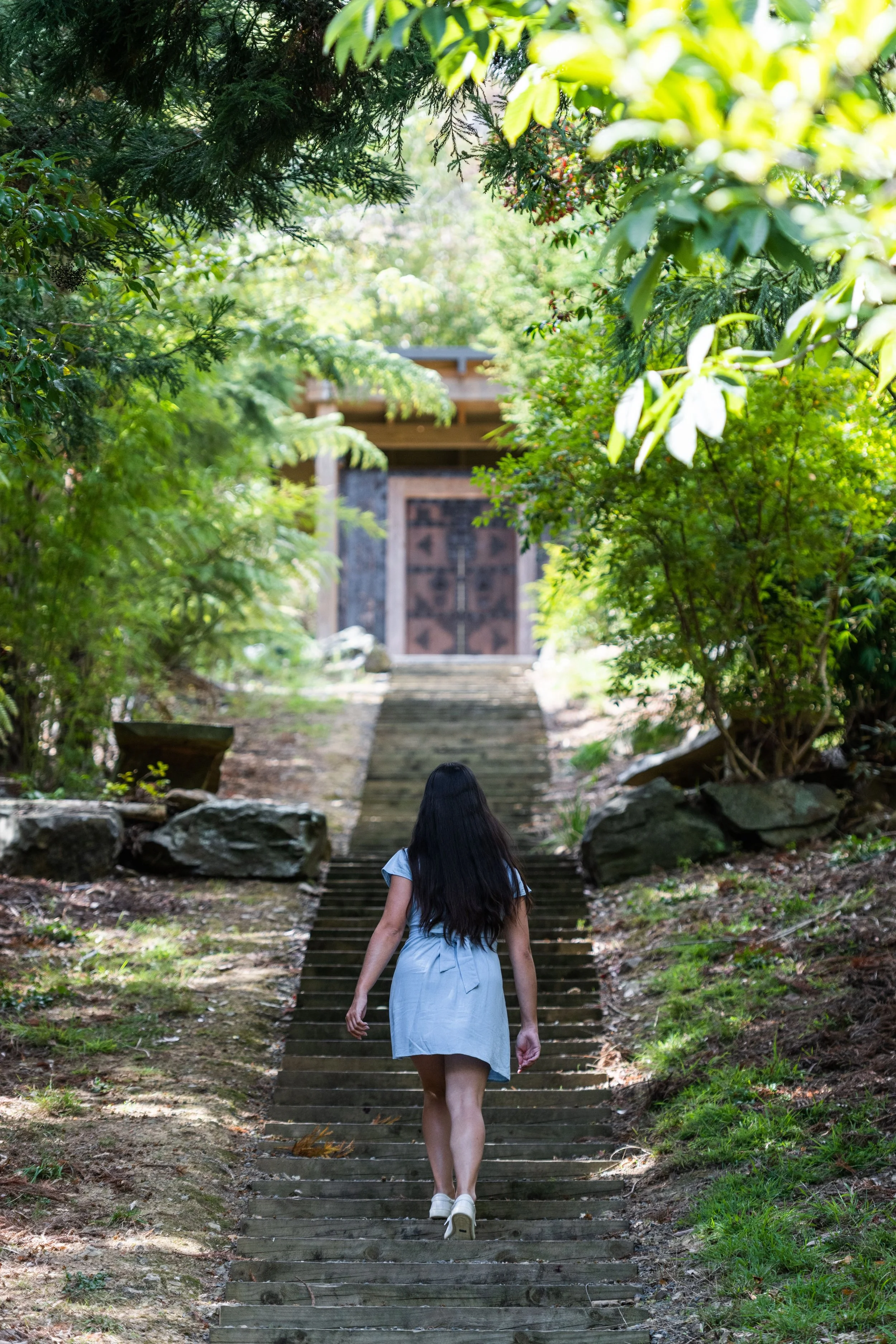Rehabilitation and Transformation
A derelict former quarry has been transformed through this rehabilitation project. After more than 30 years of planting it is now an arboretum that includes many native New Zealand species as well as rare trees and shrubs from around the world.
Some of these tree species are endangered in their own habitats. They have been planted according to geographic origin in groupings Australian, Asian, South American, American, and New Zealand.
Once a scarred and depleted quarry, the Sculpture Park at Waitakaruru Arboretum is a thriving 17.5-hectare landscape of art, nature, and community. Over 25,000 trees now stand where bare rock once dominated — a testament of regeneration and renewal.
From Wasteland to Wonderland
The park is a story of renewal -- a model of land rehabilitation--- showing that even the most damaged landscapes can be restored to life and purpose. It is a place of recreation and inspiration. Where art sparks imagination and engagement. Where diverse plantings encourage learning about biodiversity and resilience. Where people gather and reconnect.




